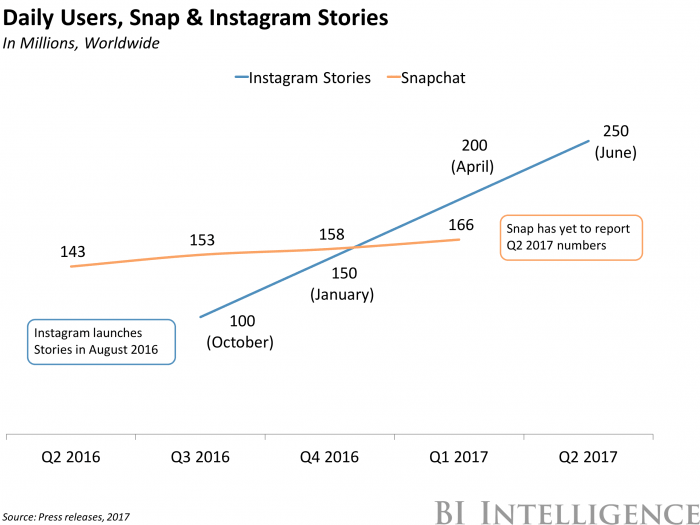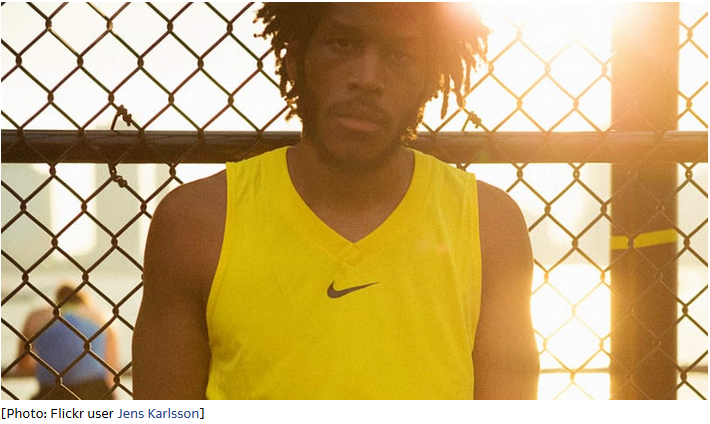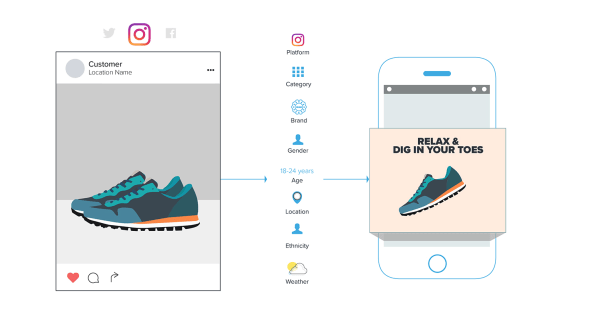By Andrew Medal.
While modern digital marketing has changed drastically from tools created with adtech (check out these 10 adtech trends to keep an eye out for), programmatic, machine learning, native advertising, data-driven granular targeting and the coveted “growth hacking,” some highly effective advertising methods from the old days have remained
Fifty years ago, advertising was a one-way conversation. Without the web to provide information and context, brands were free to create their own reality and to tell customers what to think about their brands. Campaigns were written around a catchy slogan and marketing materials, packaging and media supported the manufactured brand vision.
How consumer perception has changed
Well, hold on to your fedoras Mad Men fans, because that type of branding still works. “Aspirational advertising” is today’s modern version of that in-your-face, one-way conversational advertising. Yes, it may be more subtle, but it still works by gently coaxing you to improve your class by purchasing “better” brands.
Nathan Linder, the co-founder of IDW, a modern advertising agency, explains how some things have changed, and some have remained. “Today’s digital age has disrupted every product category and marketplace. The products and services that were once commonplace, such as travel agents, have now moved to services like Expedia and Travelocity,” he says.
The changes, of course, extend to advertising. Consumers can easily research every claim, consult reviews from people they will never meet and even research the origin of ingredients from the food they consume. Increasingly, consumers are more interested in fine details: Is this product GMO, from a fair trade source, made in America
With every aspect of their product line available for criticism, brands have to work even harder to sell their brand vision — without appearing to do so. Given the way things have changed, it is a little surprising that antiquated methods of brand reinforcement are still effective.
“In the advertising and marketing industry, some age-old tactics that continue to be worth their weight in gold include product placement and retail merchandising,” Linder says. “These tactics continue to be where the rubber meets the road for consumer packaged goods players. While TV, web, social and billboard continue to remain relevant, getting products within the ‘arm’s reach of desire’ is the moment of truth for CPG brands such as Coca-Cola and others, all who follow aspirational marketing.”
What it means for brands
Successful brands are still building successful campaigns around carefully crafted brand vision, and customers are still buying in for as long as the company and the product live up to the message. “Authenticity in marketing and advertising is when a brand lives up to all of its promises: quality, customer service, pricing, and when this happens brands win consumer loyalty,” shares Ryan Williams, founder of Industry Threadworks.
Everything about the brand must be consistent across all channels. From tweets to in-store displays, from customer service employees to employees social accounts, brands must control the message, and act quickly when the public perception is betrayed.
In the heyday of Mad Men, when hydration was more dependent on bourbon than on imported water, and customer loyalty was unshakeable, companies could convince customers of anything. All they needed was trust, and consumers were willing to give it. Advanced technology and the abuse of that trust has made today’s customer’s skeptical. Today’s companies have to work harder to earn that trust and work harder to retain it. The same traditional brand-building tactics are still in play, but have simply aged with the times.
Feature Image Credit: Michael Yarish/AMC
By Andrew Medal.
Andrew Medal is the founder of creative digital agency Agent Beta. He has helped organizations as varied as the California Education Department, Proctor & Gamble, Microsoft and Warner Bros. He has proven results for Fortune 500 to venture-backed startups by developing software and driving growth. Medal volunteers inside prison institutions with the Last Mile, where he empowers inmates with front-end web development skills. Join his book club on Instagram, and sign up to receive pre-sale alerts about his next book titled, Welcome to Prison Whitey: The Hilarious Factual Prison Tale of an Entrepreneur from the ‘Burbs.














